|
|
|
|
|
|
|
|
Photo Gallery for Diadophis punctatus - Ring-necked Snake
| 50 photos are available. Only the most recent 30 are shown.
|
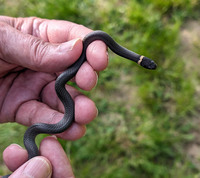 | Recorded by: Steve Hall, Dee Stuckey, and Savannah Hall
Orange Co.
Comment: Found under debris in a powerline |  | Recorded by: Andrew W. Jones
Polk Co.
Comment: |
 | Recorded by: Andrew W. Jones
Polk Co.
Comment: | 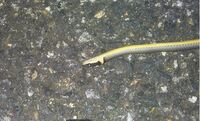 | Recorded by: Guy McGrane
Watauga Co.
Comment: |
 | Recorded by: K. Bischof
Transylvania Co.
Comment: |  | Recorded by: A. Ranson
Durham Co.
Comment: |
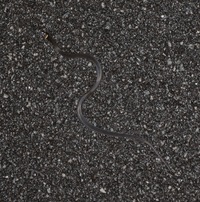 | Recorded by: K. Bischof
Transylvania Co.
Comment: |  | Recorded by: J. Mickey
Surry Co.
Comment: |
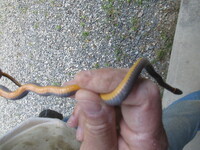 | Recorded by: Pat Momich
Madison Co.
Comment: | 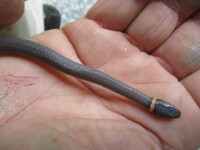 | Recorded by: Pat Momich
Madison Co.
Comment: |
 | Recorded by: Erich Hofmann and Kayla Weinfurther
Craven Co.
Comment: |  | Recorded by: Erich Hofmann
Craven Co.
Comment: |
 | Recorded by: Erich Hofmann
Craven Co.
Comment: |  | Recorded by: Z. Lunn
Scotland Co.
Comment: |
 | Recorded by: Z. Lunn
Scotland Co.
Comment: | 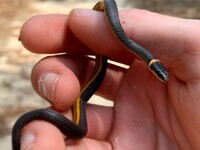 | Recorded by: T. Stafford
Moore Co.
Comment: |
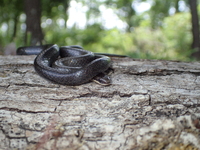 | Recorded by: Erich Hofmann
Craven Co.
Comment: | 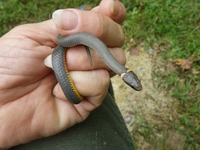 | Recorded by: j.wyche
Gates Co.
Comment: |
 | Recorded by: J.Phillips
Wake Co.
Comment: | 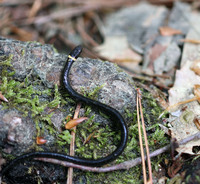 | Recorded by: J.Phillips
Wake Co.
Comment: |
 | Recorded by: A Lasley
Burke Co.
Comment: |  | Recorded by: T. Nergart
Transylvania Co.
Comment: |
 | Recorded by: J. Summers
Harnett Co.
Comment: |  | Recorded by: j.wyche
Gates Co.
Comment: |
 | Recorded by: j.wyche
Gates Co.
Comment: | 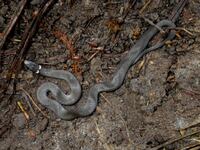 | Recorded by: j.wyche
Gates Co.
Comment: |
 | Recorded by: S. Carpenter
Orange Co.
Comment: |  | Recorded by: A. Byrge
Avery Co.
Comment: |
 | Recorded by: J. Wyche
Gates Co.
Comment: |  | Recorded by: Jane Wyche
Gates Co.
Comment: |
|
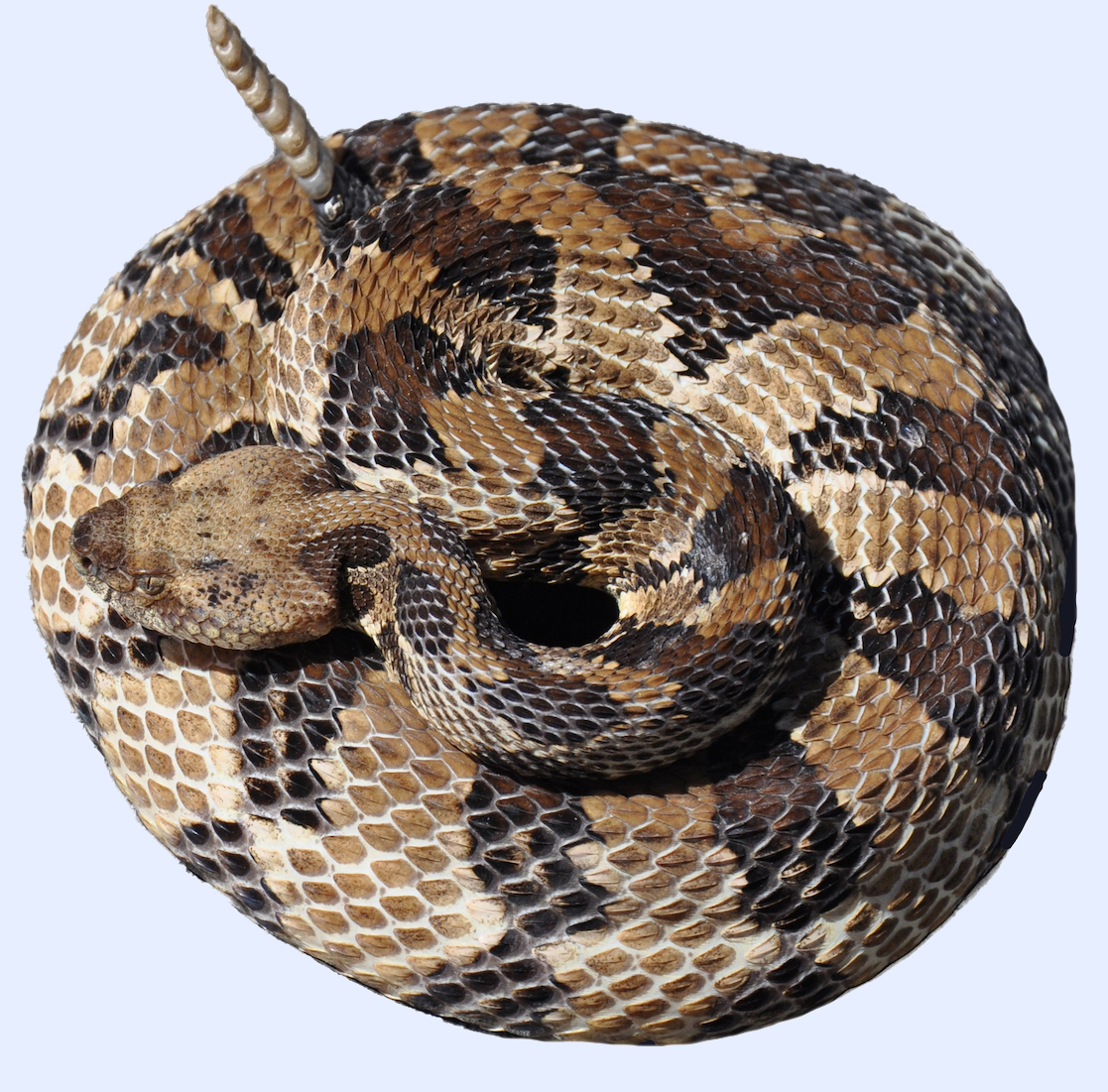
 »
» 


 »
» 
